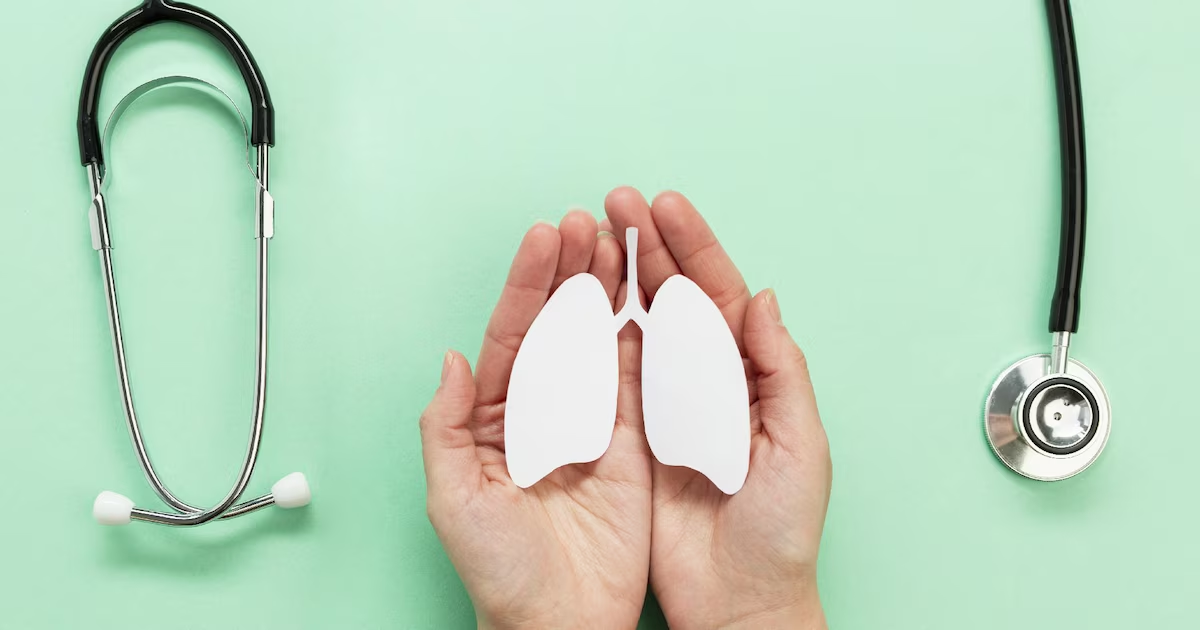
Respiratory diseases continue to be one of the biggest public health concerns. Symptoms can become complex and serious. In Peru, recent data from the Ministry of Health (Minsa) show that the incidence of pneumonia will increase in 2025. Over 54,000 episodes and over 14,000 hospitalizations Until the 24th week of the year. Meanwhile, Social Health Security (EsSalud) reported providing more than 1.5 million services by September 2024. cold, bronchitispneumonia, tonsillitis and other respiratory diseases.
The good news is that many of these respiratory illnesses, including pneumonia, are preventable. the key is in Vaccinations, proper ventilation, hygiene and early care. On World Pneumonia Day, which is celebrated every year on November 12, it is important to know who is most susceptible to the disease, how to prevent it, and what the main symptoms are.

Pneumonia can occur in people of any age, but two groups stand out for their vulnerability: Children under 5 years old and adults over 60 years old.
- Children under 5 years old: This group is particularly vulnerable. your immune system is not fully developed yetoften live in overcrowded conditions, are exposed to cold temperatures and indoor air pollution, are malnourished and poorly vaccinated.
- Adults over 60 years old:As we grow older, Decreased immune system functionchronic diseases (such as heart disease, diabetes, and other respiratory diseases) appear, and the response to infections is weakened. When elderly people contract pneumonia, they are at increased risk of hospitalization, sequelae, and even death. Therefore, these two groups deserve special emphasis when talking about prevention, care, and resource prioritization.
Preventing pneumonia requires multiple interventions, from vaccination to lifestyle and environmental changes. Key recommendations for vulnerable groups include:
- vaccination: For children under 5 years of age, a complete plan including vaccines against pneumococcus, seasonal influenza, and appropriate general immunizations is essential. For older adults, vaccinations include pneumococcal vaccine, influenza vaccine, and, if needed, a booster dose of covid-19 vaccine.
- healthy environment: Keep your home well ventilated, avoid heating with polluted fuels that produce smoke (wood, coal), avoid exposure to tobacco and other people’s smoke, and keep children well covered in cold weather.
- basic hygiene and care: Wash hands frequently, avoid close contact with sick people, keep children out of crowded environments in case of respiratory infections, and maintain proper nutrition.
- health monitoring: For older adults, it is important to maintain regular medical monitoring because chronic diseases such as diabetes and high blood pressure increase the risk of severe pneumonia.
- Recognize symptoms early: Especially in children, seek medical attention if you have difficulty breathing, a persistent fever, or a bluish tinge to your lips or tongue. This prevents mild pneumonia from becoming an emergency.

Clinical symptoms of pneumonia vary by age, but there are common warning signs.
- For children under 5 years old: High fever, persistent cough, rapid breathing (tachypnea), indentation of the ribs when breathing, refusal of food, marked weakness, bluish discoloration of the skin (cyanosis), and hypersensitivity may occur. In rural areas and high altitude areas, cold-related incidence is higher.
- For adults over 60 years old: Symptoms may be more subtle: low-grade fever, chills, cough (sometimes without sputum production), difficulty breathing with minimal effort, pain when breathing, confusion or drowsiness (especially in people with cognitive impairment), worsening of an existing chronic disease.
If you experience any of these symptoms, it is important to seek medical attention as soon as possible.Pneumonia can progress rapidly and derive Complications such as respiratory failure, sepsis, or permanent lung damage.



